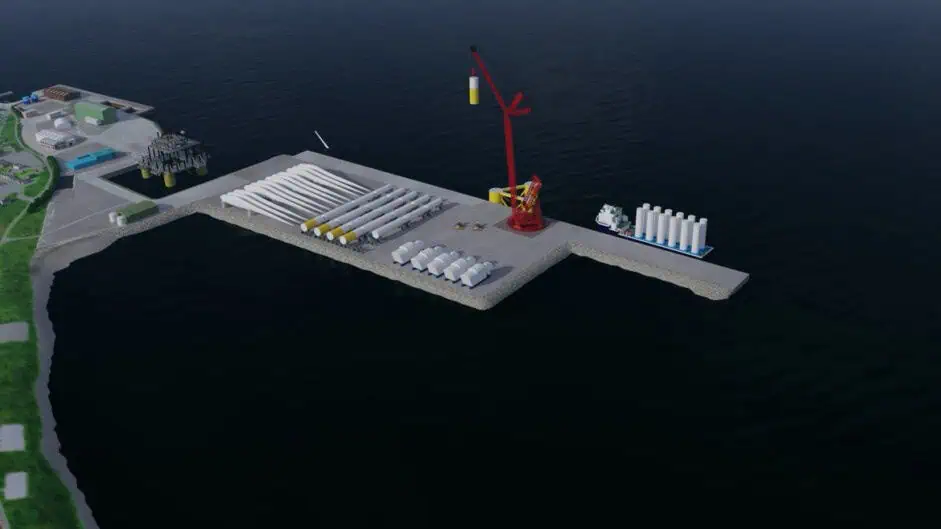The Port of Cromarty Firth has received formal marine and dredge licences from Scottish Ministers for its £111 million Phase 5 expansion, clearing the way for construction of a new 400-metre quay extension and associated dredging works. This milestone marks a major step in as a hub for floating offshore wind.
These are critical components of the Port’s ambition to create the UK’s first custom-built floating offshore wind turbine integration and assembly facility.
Consent for the project has arrived just six months after the Port submitted its marine and dredging applications to the Scottish Government in January.
Alex Campbell, Chief Executive of the Port of Cromarty Firth, said: “Securing these consents marks a major milestone in our journey to position the Cromarty Firth – and Scotland – as a leading hub for the deployment of floating offshore wind.
“Achieving this consent so quickly is exceptional for a project of this scale. It reflects the strength of our environmental assessments, the quality of our engagement and the clear national importance of the infrastructure being delivered. It enables Port of Cromarty Firth to progress our strategy to develop a world-class, custom-designed and globally cost-competitive Offshore Renewables hub.
“We are grateful to the Marine Directorate, our environmental consultants, Affric Limited, and all consultees for their collaborative and professional approach throughout the process. This puts us firmly on track to begin construction later this year.”
Phase 5 is part of the Port’s long-term strategy to establish the Cromarty Firth as a national renewables hub, with the capacity to support the deployment of floating wind projects in the North Sea and beyond, and to firmly position Scotland at the forefront of this new industry.
The expansion project is expected to create 170 to 320 jobs in the construction phase.
Once complete, it will provide the larger facilities needed for the construction, installation and operational support to offshore and floating offshore wind – a vital component of regional jobs and growth, national energy security and to Scotland and the UK achieving their Net Zero obligations.











